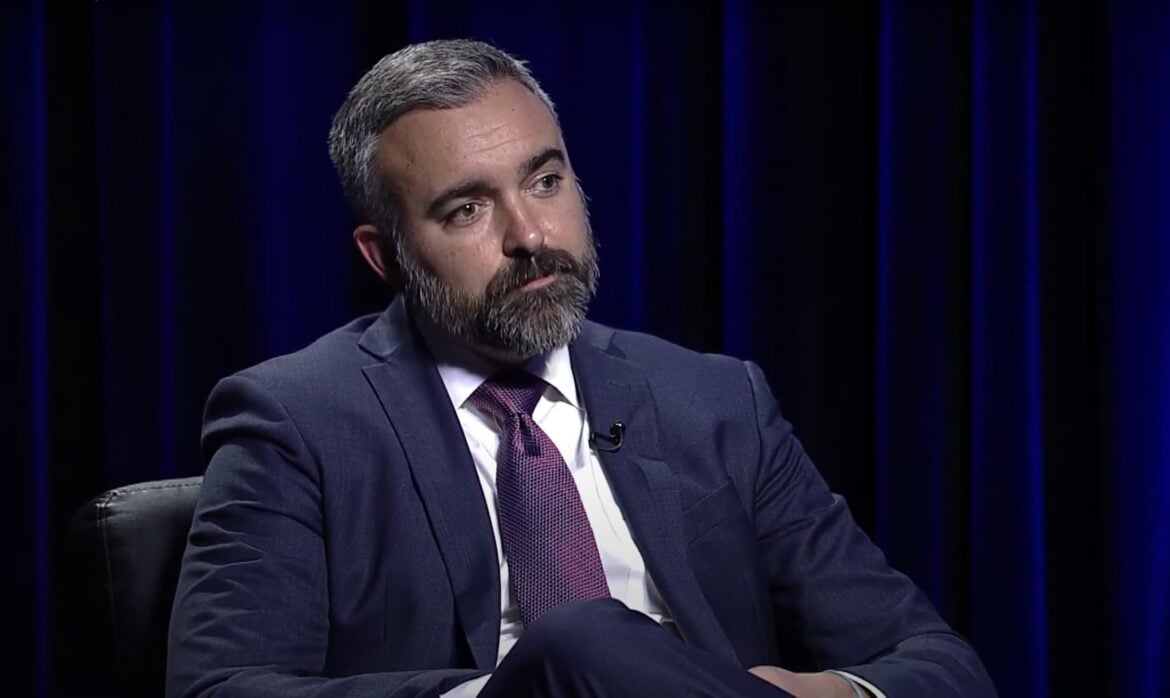Nearly two years after state lawmakers set aside $1 million for the New Mexico Attorney General’s office to create an online portal to track cases of missing Indigenous people, and potentially give tribes grants to help in that search, the office hasn’t spent the money.
Lawmakers in early 2022 considered the need so great they attached an emergency clause to the legislation, meaning then-Attorney General Hector Balderas could have started spending the money that February instead of months later, the usual practice for most new laws.
An audit of programs completed earlier this year, though, revealed the funds weren’t used while Balderas was in office, according to Lauren Rodriguez, communications director for Balderas’ successor, Raúl Torrez. Balderas couldn’t be reached for comment.
Despite Torrez taking over more than 10 months ago, the money continues to sit untouched.
Part of the reason, according to Rodriguez, is that about six months after lawmakers appropriated the money for the attorney general’s office, the FBI created a database of Indigenous people missing from New Mexico and the Navajo Nation, to which all law enforcement agencies, including tribal, can submit information.
But other provisions in the statute haven’t been met, either. No grants have gone out to tribes.
Asked why that hasn’t happened, Rodriguez said she “can’t speak to the timeline.”
The office aims to grant at least some of the $1 million to tribes by next July, the deadline state lawmakers set for the attorney general to spend the money, Rodriguez said. If the money is not spent, it would return to the state’s consumer settlement fund.
Part of the grant-making process will include consulting with tribes to determine what their needs are, Rodriguez said, adding that those meetings haven’t happened yet, as far as she knows.
“We’re going to make sure that the funds are allocated in an appropriate way,” she said.
Sen. Shannon Pinto, (Diné), a Democrat from Tohatchi who was one of the bill’s sponsors, said she’s “disappointed” the money hasn’t been spent. A state task force Gov. Michelle Lujan Grisham disbanded earlier this year highlighted a lack of data on both missing and murdered Indigenous people, Pinto said. A federal commission also outlined the necessity of better data collection in a report submitted to Congress this month.
Lawmakers were vague about what grants from the attorney general’s office could be used for, Pinto said, because each tribe has different needs.
“Do they need to create a position within their law enforcement, or do they need to get somebody to take reports?” she said. “Is there a backlog? Exactly where’s the gap for them?”
Pinto hopes the attorney general’s office talks with task force members — who gathered feedback from affected families to develop a state response plan — about how the funds should be used and whether the FBI database is sufficient.
The statute lawmakers passed also required the attorney general to hire one or more missing Indigenous persons specialists to review various databases and support law enforcement agencies in collecting data, along with other duties. Balderas in his final months in office assigned an agent to fill that position, according to Rodriguez.
The agent has helped find several Indigenous people from the list the FBI started last year, Rodriguez said, including two “runaway juveniles” who were reunited with their families.
Last updated in October, the list notes 203 Native Americans missing from the state and the Navajo Nation. Officials say that’s likely an undercount.
